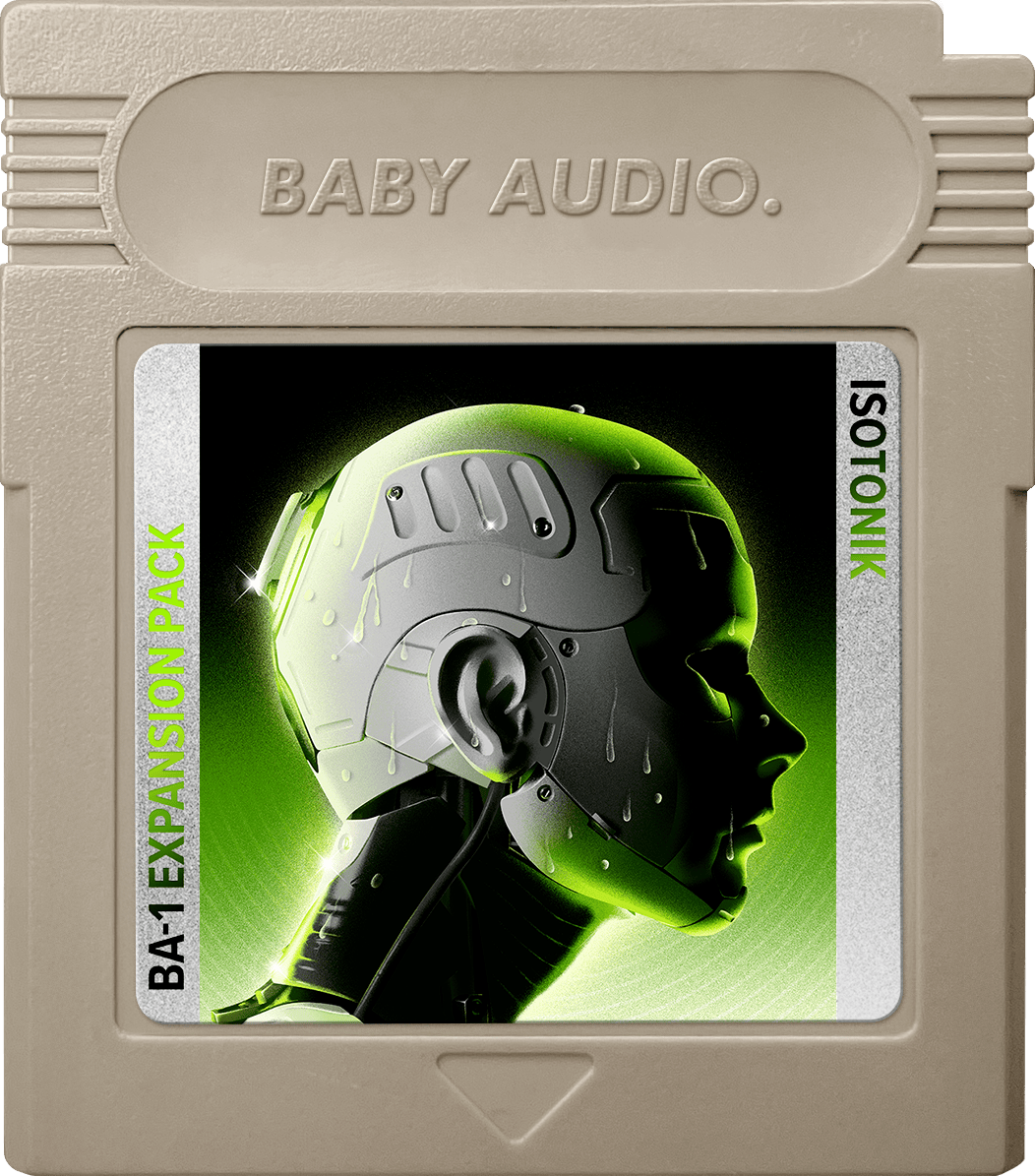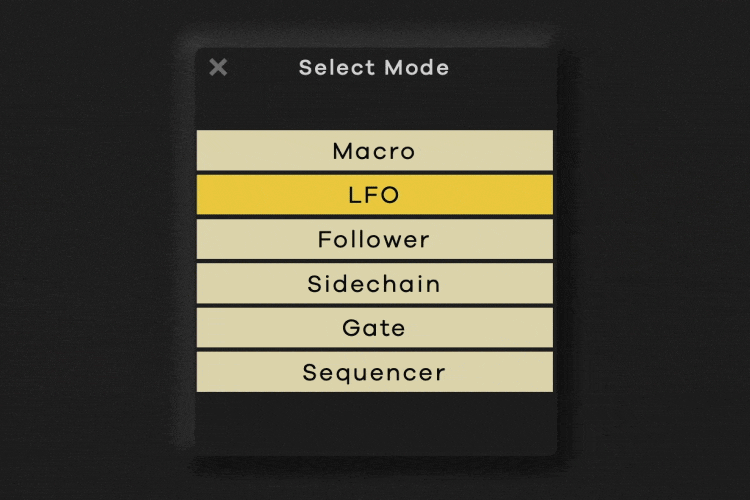The Wipeout racing game series is a cult favorite among retro gaming enthusiasts.
But its soundtrack played a surprisingly important role in the history of electronic music.
In fact, many artists and producers who got their start in the 90s cite it as a core inspiration.
So what was it that made these soundtracks so important to the development of this era’s electronic music culture?
In this article I’ll explain the origin of Wipeout’s association with electronic music, go through the key artists that appeared on the 90s-era soundtracks and chart how the series continues to influence electronic music today.
Let’s get started.
What is the Wipeout franchise?
The Wipeout series is a futuristic racing game in which players pilot anti-gravity ships at extreme speeds around expansive tracks in a sci-fi setting.
Originally released for Sony Playstation in 1995, the game spawned a series of sequels and remakes throughout the 90s and 2000s.
The series’ unique setting, 3D graphics and frenetic pace made it a cultural touchstone for the cyberpunk and hacker subcultures that were emerging at the time.
An early prototype of the game was even used for an iconic scene in the cult classic 1995 film Hackers, in which the two protagonists face off against each other in a nightclub.
But perhaps most significantly, developer Psygnosis made the unconventional decision to pair the series’ futuristic gameplay with music from some of the biggest names in 90s electronic music.
Helping to spread the sound of underground music worldwide, many influential artists have cited the Wipeout soundtracks as an important initial exposure to the styles of 90s underground rave culture.
Wipeout and Wipeout 2097 - 90s electronica legends
It’s common today for big budget games to license commercial music to include in their soundtracks. But before the Wipeout franchise, it was almost completely unheard of.
Despite that, the team working on the original Wipeout game convinced developer Psygnosis that real songs would help the game connect with the youth subcultures it was targeting.
The dawn of the 3D console era marked a cultural shift as the influence of digital technologies began to seep into youth movements.
Hacker crews, cyberpunk sci-fi and underground raves went hand in hand, each embracing a uniquely 90s form of futurism.
The Wipeout team leaned into that aesthetic, hoping tracks from the real artists at the center of the movement could lend credibility to the association.
In addition to tracks by Psygnosis’ in-house composer Tim Wright aka CoLD SToRage, the series soundtrack features tracks from seminal 90s artists like Leftfield, The Chemical Brothers, Orbital, The Prodigy, Fluke, The Future Sound of London, The Dust Brothers and more.
The result was a series of iconic soundtracks that spanned the diverse sounds of the era, with everything from big beat, to techno, breakbeat, trance, rave, ambient and drum’n’bass.
Why was Wipeout so influential?
In the days before the widespread adoption of the internet, culture spread more slowly, remaining concentrated in distinct geographic regions before bubbling over into the mainstream.
Techno had originated in Detroit, but UK and European artists were pushing the sound forward in the 90s. The underground culture of illegal outdoor raves in the UK helped create communities around the new genres developing at the time.
For many listeners, these regional scenes were inaccessible and the music itself wasn’t readily available to buy.
By crystallizing a moment in music, technology and culture, the Wipeout games helped bring the underground sound to a wider audience.
One producer who acknowledges the influence of these soundtracks is Matt Bowdler, aka, The Unfinished.
One of the most prolific sound designers and preset makers of all time, Bowdler has a special affinity for the artists featured on the soundtrack and the original music created for the games by Tim Wright.
We approached Matt to help us create the ultimate 90s-inspired sound collection for BA-1, our vintage synth plugin.
The pack contains all the key ingredients for the authentic sounds of the era—punchy, grinding basses, soaring, lyrical leads, driving, exhilarating sequences, warm, expressive pads, all infused with that 90s-era clarity, ambience, distortion and flavor.
The pack demo is a perfect example of how these sounds capture the vibe:
Isotonik
150 Presets By The Unfinished / Matt Bowdler
The definitive collection of 90s electronica sounds from one of the masters of preset design, Matt Bowdler (The Unfinished). Inspired by dance and jungle cult hits, IDM and the Wipeout soundtrack, this vast collection of 150 presets covers dance music's golden era in its full and eclectic glory.
Use it for: Rave-ready leads, squelchy sequences and big beat basses + much more.
Included in 90s Legacy.
To get the full 150 presets in the Isotonik pack by The Unfinished, head over to the BA-1 Expansions page to learn more.
Of course, you’ll need a copy of BA-1 to use the sounds, but it’s a worthwhile investment. You’ll be getting one of the most inspiring analog-style synth plugins available.
Here’s a brief introduction to BA-1 to get you started:
Low Poly Electronica
Of course, the Wipeout series was just one way that music and gaming were influencing each other during the 90s.
Of all the genres developing at the time, jungle, DnB and breakbeats are perhaps most associated with the early era of 3D graphics.
Sometimes called the low poly aesthetic in reference to the lower polygon count of the first generation of 3D consoles, the skittering breakbeats of drum’n’bass were the perfect match for high-energy gaming sessions.
The forward-looking feel of the genre also helped evoke the distinctive east-meets-west quality of the original Playstation and its launch titles.
You’ll find dozens of YouTube compilation mixes highlighting this unique aesthetic with real OST tracks from original PS1 games.
But this genre isn’t limited to tracks that accompany 90s-era games.
There’s a dedicated community of producers working in this style today, including the excellent Pizza Hotline.
To bring the atmospheric feel of this style to BA-1, Pizza Hotline contributed the Low Poly Breaks pack to the 90s Legacy Collection.
It features the recognizable submarine basses, cerebral pads and crystalline SFX of the low poly PS1 era.
Low poly Breaks - Pizza Hotline
Pizza Hotline brings you the distinctive DnB sound of 1990s low-poly video games. Channeling the unique flavor of jungle that soundtracked early 3D consoles, this pack delivers the synth sounds of gaming’s biggest paradigm shift. Dive deep into atmospheric textures and recall the moment when electronic music and gaming culture first collided.
Use it for: Cerebral pads, submarine basses, crystalline SFX + more.
Included in 90s Legacy.
90s futurism: gaming, music and culture
The trends that began in the 90s still have a far-reaching impact on electronic music today.
Squelchy acid sequences, glitched-out breakbeats and searing rave leads can still be heard in modern productions across genres.
The Wipeout soundtrack didn’t invent any of these sonic touchstones, but it curated a unique collection of music that helped electronica go mainstream.
Now that you’ve got some inspiration from the golden decade of electronic music culture, get back to your DAW and keep creating.







